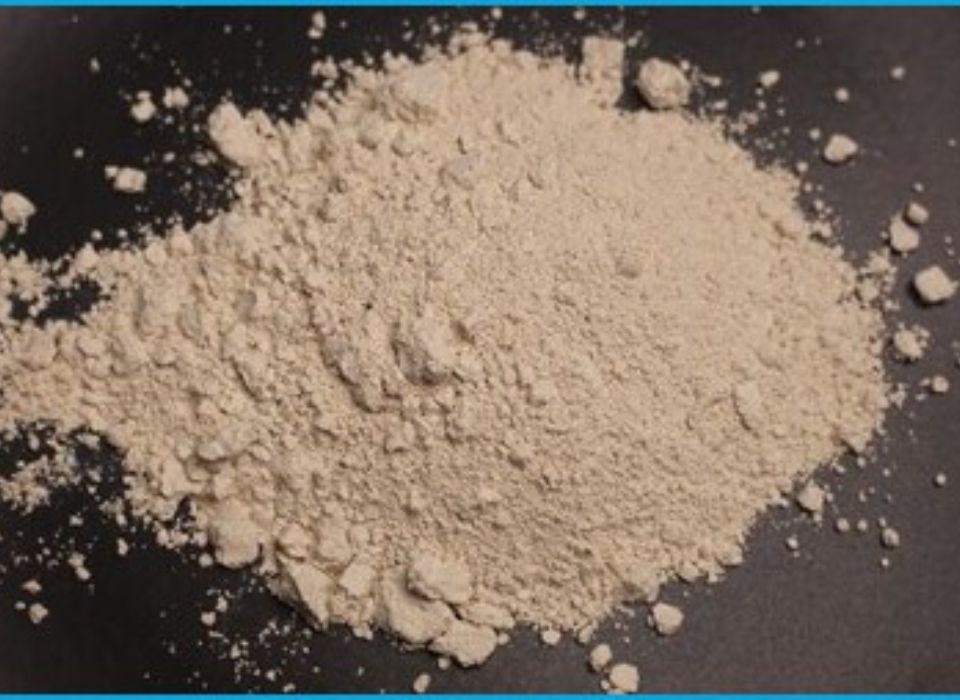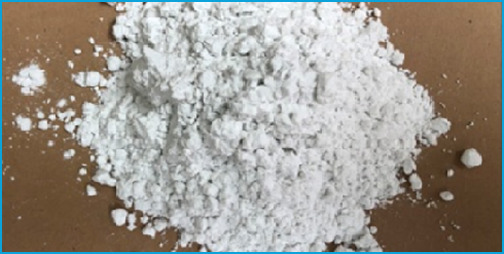Maximizing Crop Yields with Silicon Fertilizer Techniques

8 Reasons Why Diatomaceous Earth is a Must-Have
August 5, 2024
How to Store Food Grade Diatomaceous Earth Properly?
August 20, 2024Seema Minerals & Metals is one of the most trusted suppliers of silicon fertilizer that helps improve the quality of crops and makes the plants sturdier. As a company with a focus on innovation and sustainability, Seema Minerals & Metals provides customer-specific solutions for enhancing the growth of plants and increasing their tolerance to various stresses.
Ensuring that plants benefit from these fertilizers to increase production is knowledge of how silicon helps plants and proper application methods. Here are some strategies to effectively use fertilizers to enhance crop yields:
Know the Part Played by Silicon
- Strengthens Plant Structure: Silicon is used in cell walls to enhance rigidity and hence, increase the plant’s tolerance to factors such as lodging, mechanical injury, wind, and rain.
- Enhances Resistance to Diseases and Pests: Silicon enhances the plant’s physiological response to fungal attacks insect pests or any form of pathogens through a barrier.
- Improves Water Use Efficiency: Silicon enhances the root system of plants and lowers water loss through transpiration in the case of water stress.
Soil Application
- Silicon-Rich Amendments: Use silicon-containing materials like calcium silicate, potassium silicate or diatomaceous earth in the soil. Over time, the silicon is released and is overtaken by the roots of the plants.
- Timing and Frequency: Therefore, Silicon is most effective in its application at the onset of planting and during root initiation and development. To have a constant supply of the pest, applications can be made at any time of the growing season.
Foliar Application
- Silicon Foliar Sprays: Apply the soluble silicon products to make foliar spray which can be directly absorbed through the leaves. This method has its advantages when quick silicon uptake is required, for example, during stress conditions, or at the beginning of the plant’s development.
- Application Timing: Foliar sprays should be done in the morning or late in the afternoon to avoid fast evaporation and for better uptake.
Irrigation with Silicon-Enhanced Water
- Silicon-Infused Irrigation: Ensure that the soluble silicon is mixed in the irrigation water so that the plant roots are always getting a steady supply of nutrients. This method is efficient in the areas with scarce silicon content in the soil.
Silicon with Other Fertilizers
- Balanced Nutrient Management: Incorporate its use with other macronutrients like nitrogen, phosphorus and potassium. Silicon combines with these nutrients and helps in the functionality of these nutrients for better plant health.
- pH Management: Check that the soil pH is suitable for the uptake of silicon (most often, slightly acidic to neutral, pH 6-7). Acidity and Alkalinity of the soil can limit the availability of silicon to plants.
Crop-Specific Silicon Needs
- Tailored Application: Based on the studies made, it can be said that the nutrition needs of different crops in silicon are not the same. Thus, rice, sugarcane and cereals are known to have high silicon use efficiency. Optimize its usage depending on the kind of crop and the stage of its development.
- Monitor Crop Response: It is recommended to practice proper evaluation of the crop response to silicon application by checking its general appearance and analyzing the plant tissue. Alter the rate and or method of application if conditions warrant such changes.
Application of Controlled-Release Fertilizers
- Long-Term Benefits: Controlled-release fertilizers are a way to supply silicon in the plants throughout the growing season and the crops do not require frequent use of the nutrient.
Post-Harvest Residue Management
- Incorporating Plant Residues: Return the crop residues to the soil since the silicon that is in the crop residue will be released into the soil as the residue decomposes and can be used by the next crop.



